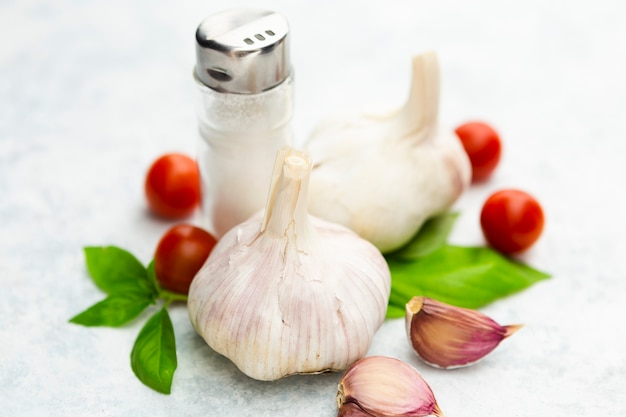
In cooking shows, you often see chefs using garlic to add extra flavor to food. Whether pan-frying or baking, garlic transforms dishes into something bold and aromatic. But beyond its culinary use, garlic offers numerous health and therapeutic benefits.
Garlic belongs to the lily or Allium family and is packed with sulfur-containing compounds like thiosulfinates, sulfoxides, and dithiins. These compounds not only give garlic its unique smell but also provide several health benefits. Besides sulfur, garlic is rich in manganese, selenium, Vitamin B6, and Vitamin C.
**Cardiovascular Benefits**
Garlic can help lower blood triglycerides and cholesterol levels. Although studies often focus on garlic oil, powder, or extracts rather than the whole garlic, these benefits are significant. Oxidative stress and inflammation are leading causes of cardiovascular problems, such as heart attacks and atherosclerosis. The sulfur compounds in garlic protect against oxidative stress and inflammation. A specific compound called ajoene keeps platelets from becoming overly sticky, reducing the risk of blood clots. Allicin, another compound in garlic, helps relax blood vessels and lower blood pressure. Garlic’s selenium and manganese also serve as antioxidants.
**Anti-inflammatory Benefits**
Studies on animals show that aged garlic extracts can reduce inflammation and improve conditions like arthritis. Compounds such as diallyl sulfide (DAS) and thiacremonone help with this. Additionally, a sulfur compound called 1,2-vinyldithiin found in garlic can prevent fat cells (which are linked to inflammation) from fully developing.
**Antibacterial and Antiviral Benefits**
Research on fresh garlic extracts and powdered garlic highlights its ability to combat bacteria, viruses, yeasts, fungi, and even worms. Crushed garlic can help prevent infections like those caused by the bacterium Pseudomonas aeruginosa in burn patients. Garlic is also effective against antibiotic-resistant bacteria and helps regulate infections caused by Helicobacter pylori, which is linked to ulcers.
**Cancer Prevention Benefits**
Garlic has components that may lower the risk of various cancers, except for prostate and breast cancer. Regular intake can especially reduce the risk of colorectal and renal cancers. Allyl sulfides, found in garlic, activate a molecule called Nrf2, which helps cells respond to stress and may lead to programmed cell death (apoptosis), preventing cancerous cells from developing.
**Iron Metabolism**
Garlic boosts the production of ferroportin, a protein that helps iron circulate in the body, making it easier for the body to use stored iron.
**Additional Health Benefits**
– Strengthens the immune system and fights off common colds, coughs, congestion, and chest infections.
– Improves cholesterol levels.
– May help prevent Alzheimer’s Disease and dementia due to its antioxidant properties.
– Acts as a performance enhancer for athletes.
– Contains high levels of iodine, beneficial for treating hyperthyroid conditions.
– Regulates blood sugar by enhancing insulin in the blood.
**Tips for Preparing Garlic**
Garlic comes in a bulb made up of individual cloves, which can be removed by hand. To peel garlic, place it cheek side down and press down with the flat side of a knife. This loosens the skin, making it easy to remove. Chopping garlic activates the enzymatic process that produces allicin, the compound responsible for many of its health benefits. Let chopped garlic sit for a few minutes before cooking or adding acidic ingredients like lemon juice for maximum benefit. Crushing or chopping garlic before microwaving or cooking is also recommended since heating whole cloves can deactivate its beneficial enzymes.
**Side Effects**
While garlic offers many health benefits, it also comes with some side effects. These include bad breath, heartburn, upset stomach, body odor, nausea, and vomiting. Raw garlic can increase the risk of bleeding. Some studies suggest it might damage brain cells or cause inflammation and irritation in the intestines if consumed too often.